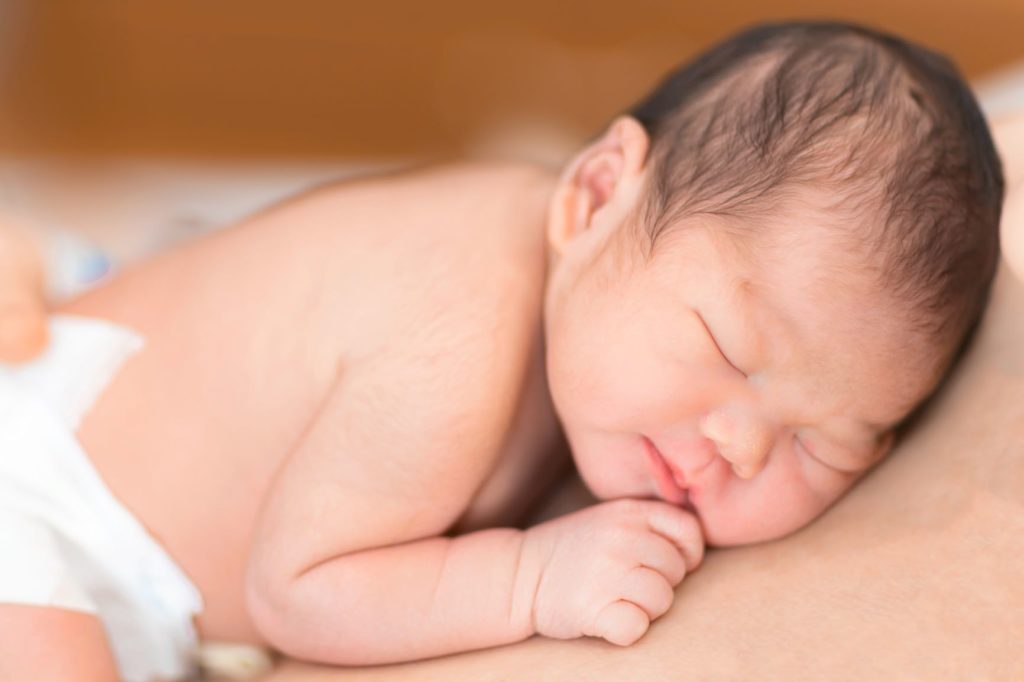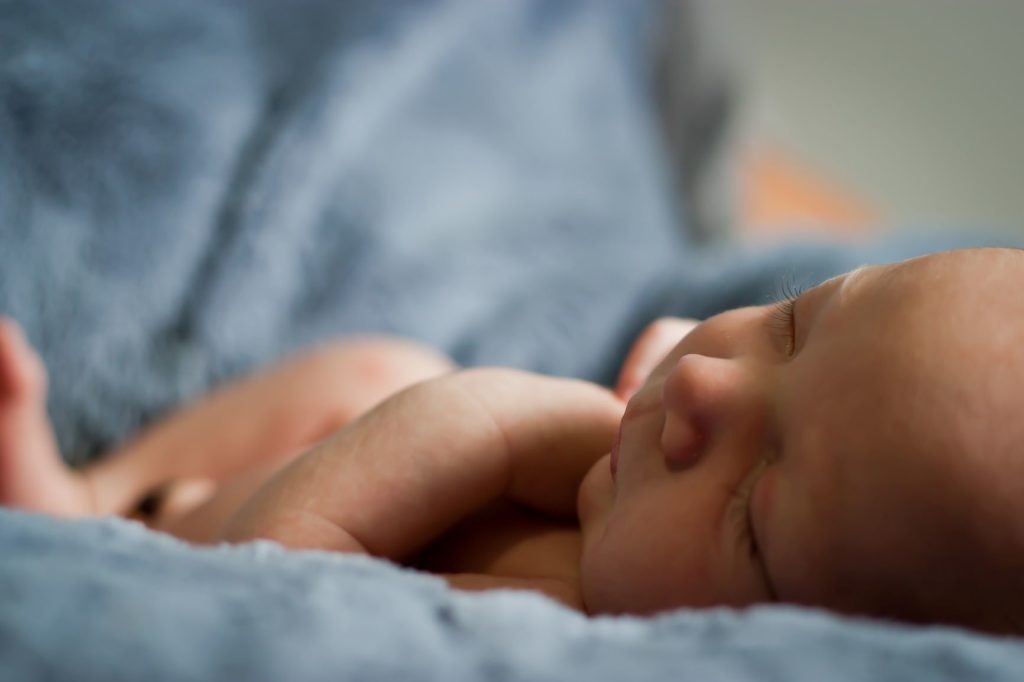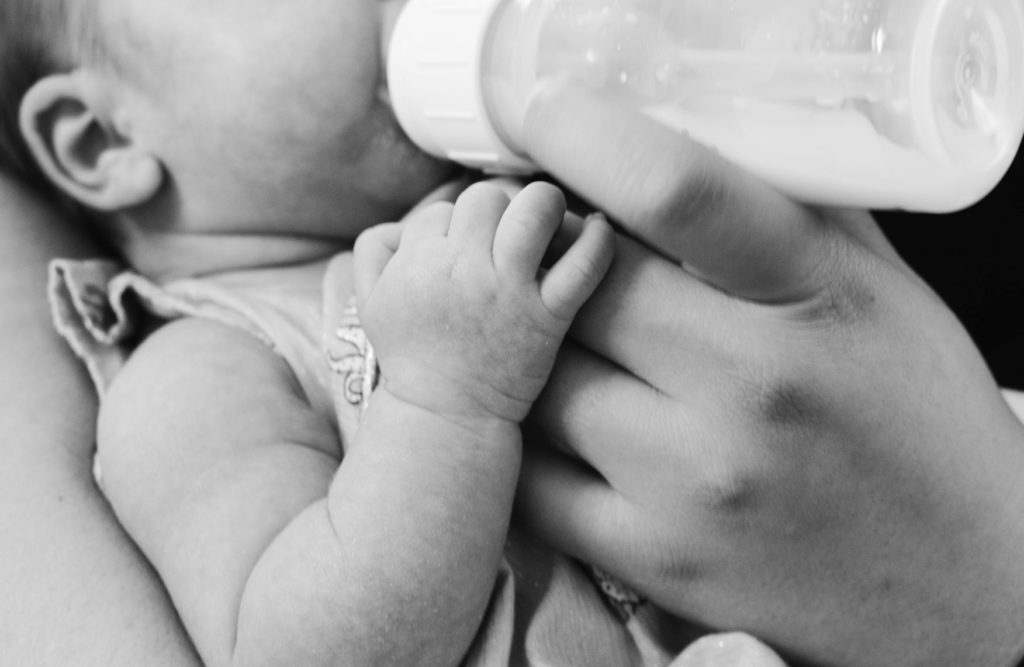
CRITICAL HEALTH & SAFETY DISCLAIMER
mothernity.co.uk is a platform for informational and educational purposes only. This content is based on general research and experienced parent insight and is NOT a substitute for professional medical advice, diagnosis, or treatment. Always seek the advice of your qualified healthcare provider (GP, midwife, or consultant) with any questions you may have regarding a medical condition or before making changes to your health plan or treatments. Never disregard professional medical advice or delay seeking it because of something you have read here.
Becoming a new mother is a significant transition, and caring for your newborn comes with many questions. Among the early priorities is understanding how to bathe your baby safely and enjoyably. We’ve crafted a step-by-step guide to offer you added confidence during this important phase. Bathing your baby has never been easier – let’s dive in!
Before commencing, remember never to leave your newborn unattended in the bath.
How often should I bathe my newborn?
Contrary to common beliefs, you don’t need to bathe your baby every day. The frequency is your choice. If your baby enjoys baths, daily ones are fine but consider using just warm water on some days. Excessive use of soaps and shampoos can hinder the skin’s natural oils, so use them sparingly.
Step 1: Create the ideal setting
Ensure the room is warm before starting the bath. Establishing a night routine, including bathing before bedtime, can be beneficial. Soft music and dim lighting help your baby relax. Speak in hushed tones to provide comfort and encourage restful sleep.
Step 2: Organise your essentials
Before starting the bath, gather everything you need within easy reach. Essential items to have on hand while bathing your newborn include:
- A changing mat for diapers.
- A clean diaper.
- Fresh clothes for dressing your baby after the bath.
- A towel for drying and wrapping your baby.
- Nappy cream to prevent diaper rash.
- Coconut oil for moisturising your baby’s skin or addressing the cradle cap.
- Pacifiers as needed.
- Baby-friendly soap and shampoo.
- A baby bath that suits your needs.
Step 3: Fill the bath with water
For newborns, the water should not exceed 8 cm in depth. Opt for warm water, but not too hot. An ideal bath temperature ranges from 36-38 degrees Celsius. Consider investing in a thermometer to ensure precise temperature, as a baby’s skin is sensitive. Here’s one we recommend.
Step 4: Gently clean using cooled boiled water
Before placing your baby in the bath, use cooled boiled water and cotton wool to cleanse their face, ears, and neck. Gently wipe their face, using separate cotton wool for each eye. Continue with ears, neck, and hands, using fresh cotton wool for each area.
Step 5: Position your baby in the bath
Carefully lower your baby into the bath, supporting their head and upper arm. Maintain head support as newborns lack head control. Clean your baby’s body gently, paying attention to skin folds.
Never leave your baby unattended in the bath—babies can drown even in shallow water.
Step 6: Remove your baby from the bath
After cleaning, lift your baby from the bath, ensuring you support their head and shoulders. Wrap them in a soft towel to dry.
Step 7: Baby massage (optional)
This is an excellent opportunity for a baby massage. Not only does it aid digestion, but it also fosters bonding. Avoid oils in the first month, and later, consider gentle coconut oil for massaging.
Step 8: Trim your baby’s nails
If your baby has long nails, carefully trim them to prevent scratching, especially in their early months. Use baby-friendly nail clippers or a file. This healthcare kit from Tommee Tippee was a lifesaver!
Step 9: Dress your baby and maintain your routine
Following the massage, dress your baby in the prepared clothes. Avoid overdressing, and ensure they’re comfortable in terms of temperature.
Taking these steps will guide you in providing a pleasant and safe bath experience for your precious newborn.
Go to Essentials | Visit the Baby page for more routine and care advice.



